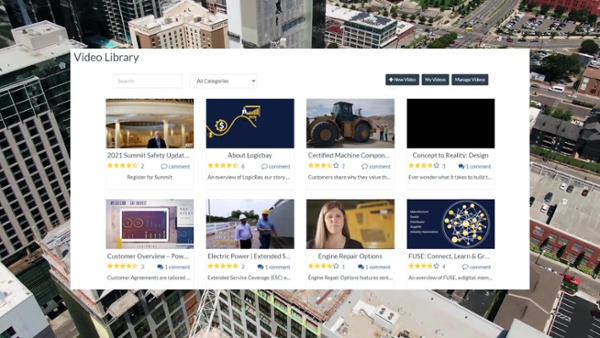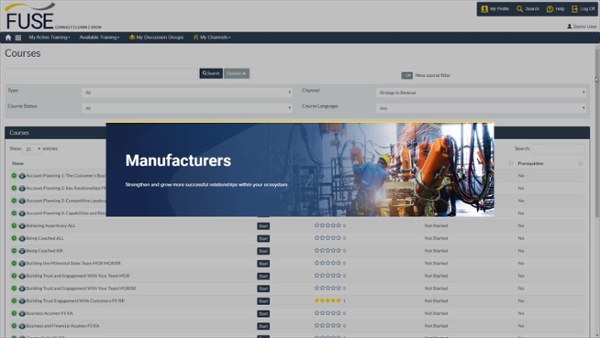With the continuing shift towards global supply chains, worldwide offices, and work-from-home situations, many companies cannot continue training in the same way they used to. In-person live training is expensive, time-consuming, and simply impractical in too many situations.
The best solution is a switch to video-based training - but this requires a significant rethink of how training is handled, as well as needing new technologies and processes to accomplish. How can a company get started?

Six Musts When Embracing Video-Based Training Systems
1. IT infrastructure and bandwidth
Video training systems take up considerable amounts of storage space, as well as needing plenty of bandwidth to transmit the video data. Fortunately, numerous hosting solutions exist that allow you to create robust video training programs with all the infrastructure already in place. However, you should choose a host early in the process, so that you can tailor your productions to their systems.
2. Video recording systems
Thanks to the proliferation of high-resolution smartphone cameras, you may not need to buy any additional cameras to get started on video training. A nice professional-grade camera is more of a luxury. However, buy some good microphones. Good audio quality is actually more important than high-grade video in nearly all situations, and most smartphones have very bad audio recording capabilities.
If you're looking to document larger-scale operations, such as activities on a factory floor, high-grade security cameras can serve a dual purpose here.

3. A dedicated content-creation team
Whether you do the training videos in-house or hire them out, either way, this should not be treated as a part-time job or something to be done during breaks. The team should include technical staff to operate the hardware, content writers, as well as one or more hosts chosen for their video appeal. Plus a manager to oversee the project, and ensure all materials produced align with corporate goals.
4. Showing actual processes whenever possible
Bad training videos usually involve a speaker standing in a white space, or in front of some sort of whiteboard/screen, talking without showing. Training videos should incorporate as much real-world footage and processes as possible.
5. Watching other training videos for inspiration
Thanks to YouTube and other video-sharing systems, there's no lack of training materials available in practically any field. Spend some time watching other companies' videos, and see which techniques they use which seem most effective or impactful. This should also give you ideas on things to avoid, when you find a bad video.

6. Getting feedback and monitoring long-term results
A good training video is only good if A) the trainees find it helpful, and B) they genuinely go on to excel at the task afterwards. Get feedback on your videos after the fact, and then monitor employee performance. Be willing to revise or reshoot the video if you don't get the results you want.
If you're looking to quickly modernize your training systems, LogicBay has the solutions you need! From content creation to hosting full training curriculum, we specialize in improving training and communications within business ecosystems. Contact us to learn more!
